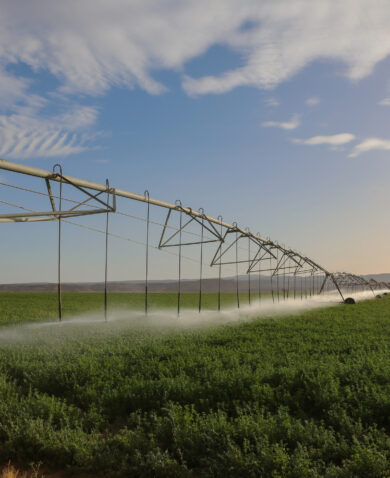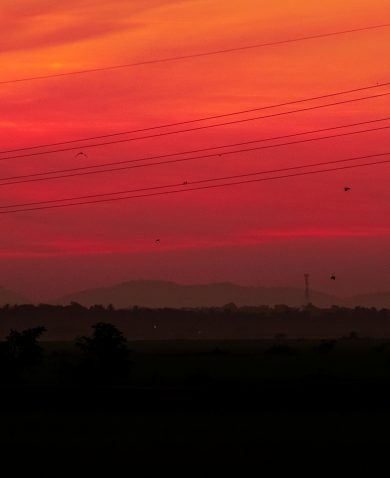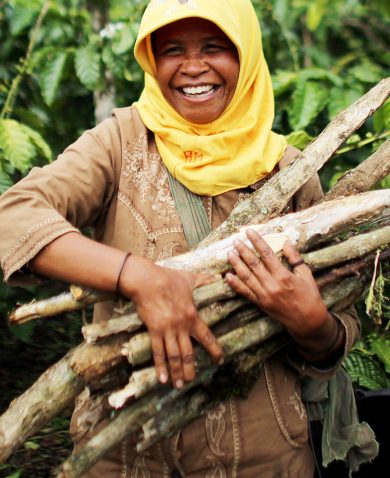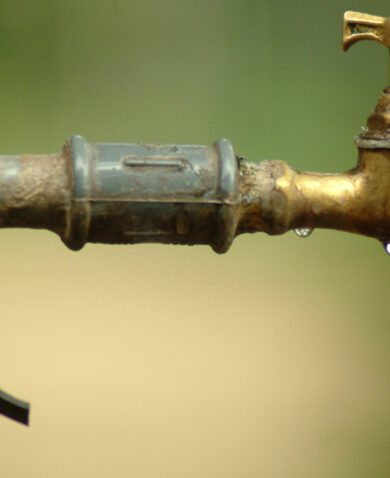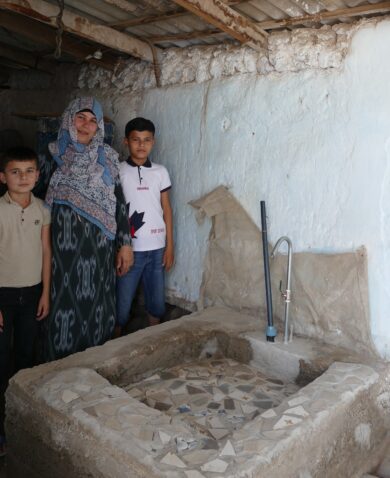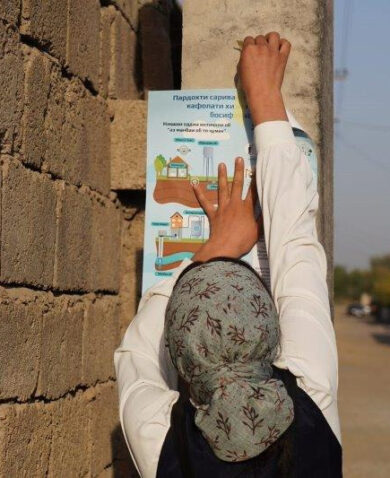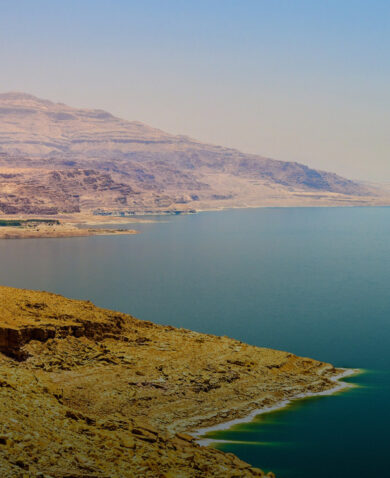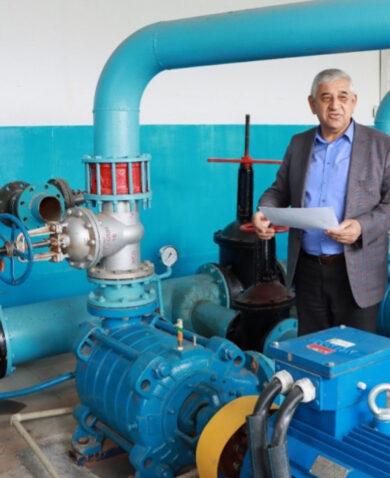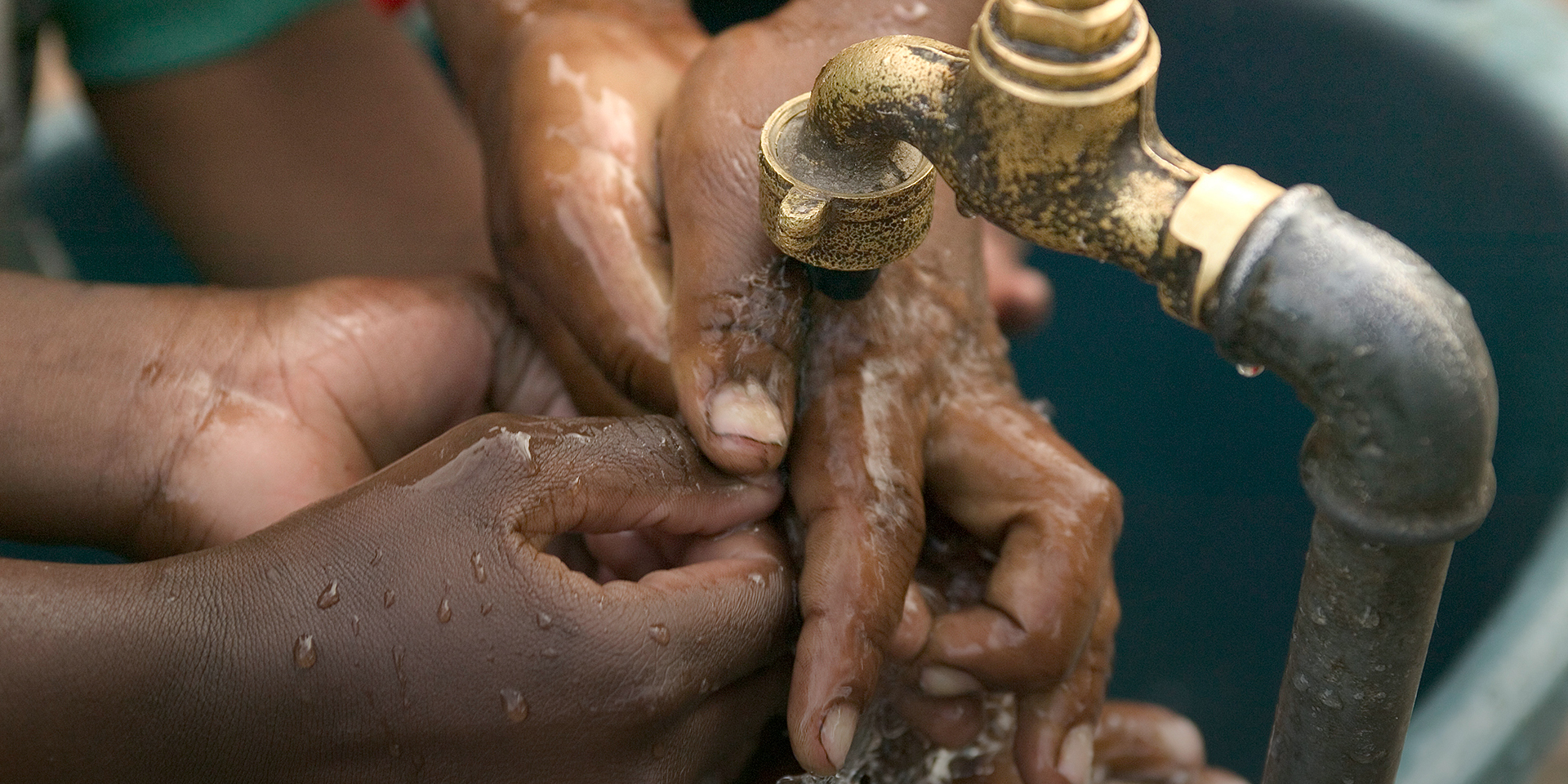
3 Questions with Scott Short on Tackling WASH Challenges in Rural Communities
March 14, 2019 | 4 Minute ReadWater and natural resource specialist Scott Short shares insight on tackling WASH challenges in rural communities.
Scott Short is a water and natural resource specialist with more than 35 years of experience managing WASH and water security, institutional strengthening, and land and natural resource management programs. Prior to joining Chemonics, he served as chief of party for the USAID Ethiopia Lowland Water, Sanitation and Hygiene Activity (Lowland WASH) in Ethiopia. Pastoral people live in the country’s lowlands, which are semi-arid and arid areas subject to severe and repeated drought. Many of the region’s people live in remote areas and lack access to safe water or sanitation facilities.
1. What have been some of the biggest challenges you’ve encountered while trying to create more sustainable WASH systems?
A big challenge is achieving behavioral change — this goes for the government staff responsible for water systems and for communities generally. Motivating regional water bureau and district staff to implement improvements to their systems and tools can take a lot of work, time, and patience. On the Lowland WASH Activity, we made sure to involve the stakeholders early in each change process so that they helped design the changes and improvements needed and felt ownership of the new processes. We were sometimes frustrated by the turnover of key regional water bureau and district staff due to the political nature of their appointments. While we couldn’t change this, it did underscore the importance of continual capacity building to these agencies so that our gains weren’t lost.
At the community level, we implemented community-led total sanitation and hygiene (CLTSH) to promote open defecation-free activities throughout the community. This was extremely difficult and expensive due to the manpower and resources needed and the remoteness of the communities we were trying to reach. It was difficult to convince extremely poor families to spend money on sanitation products and to use their sparse water supplies for sanitation purposes (e.g., handwashing). We needed to engage with the female heads of household who fulfill the primary role of family care — including water fetching, handwashing, and latrine construction. The project staff only had a few hours a day, primarily in the early morning, to engage with these women. This meant many trips to the remote villages to perform CLTSH activities. We learned that time and resources to engage sufficiently with pastoral communities are great when compared to conducting CLTSH activities in urban areas. In conservative Muslim communities, only women outreach staff or volunteers could meet with the local village women. The activity spent considerable effort training local women health volunteers and health workers on CLTSH to meet this critical need.
2. In many rural communities, governments and donors have supported water infrastructure, such as boreholes with handpumps or submersible pumps; however, these projects are not always sustainable. Why?
There is often too much government focus on building new water systems and too little attention and funding dedicated to sustaining existing systems. The fact that many national and state/provincial governments have decentralized and delegated responsibilities for water systems to small communities without building their capacity to properly operate, maintain, and sustain their systems exacerbates the problem. We need to help establish and support organizations, such as local hand pump associations and small community water utilities, that can maintain small water systems. On Lowland WASH, we sponsored governmental water officials’ travel to Uganda so they could see firsthand how hand pump associations were being formed and used to improve sustainability of rural hand pumps. We also collaborated with another project to use local technical schools to help establish small businesses — made up of recently graduated students — that could perform basic “pay-as-you-go” maintenance and simple repairs of rural water systems.
3. What were a few of the innovative methods the Lowland WASH Activity piloted to strengthen WASH systems?
Much of our work on Lowland WASH incorporated capacity-building elements for provincial and district level water agencies. We supported the regional water bureaus with inventorying motorized boreholes and creating tools and processes for a new asset management system to help them monitor and manage their water systems and to make informed decisions. We purchased and used modern field measurement devices — such as ultrasonic flow meters and depth meters, and infrared temperature meters — to collect missing data about their water systems. We involved government water staff in our efforts to improve their technical capacities and foster ownership of these new tools and processes.
We also involved staff in the installation and monitoring of remote sensors, mobile (GSM) and satellite versions, on motorized boreholes. Data from these sensors was captured in the water management information system (MIS). From the sensor data, we learned that communities often turned off their motorized boreholes when it rained. They went back to collecting water from contaminated shallow ponds containing rainwater. Additionally, we learned that on average these rural water systems were only operated about four hours a day — about half the anticipated daily operation time. This was the communities’ attempt to save money. These two discoveries made the case for reevaluating the water system’s size and the importance of educating communities about the risks of drinking contaminated pond water.
Something else we did was develop national guidelines on the design, installation, operation, maintenance, and troubleshooting for solar powered water systems. We did this collaboratively with the Ministry of Water, Irrigation, and Electricity, the Ethiopian Water Technology Institute, and regional water bureau staff from two regions. We incorporated train-the-trainer capacity building for these staff to improve the Ethiopian government’s ability to sustain the use of solar powered water pumping throughout the country as the training expanded to reach more governmental water technicians and engineers.


